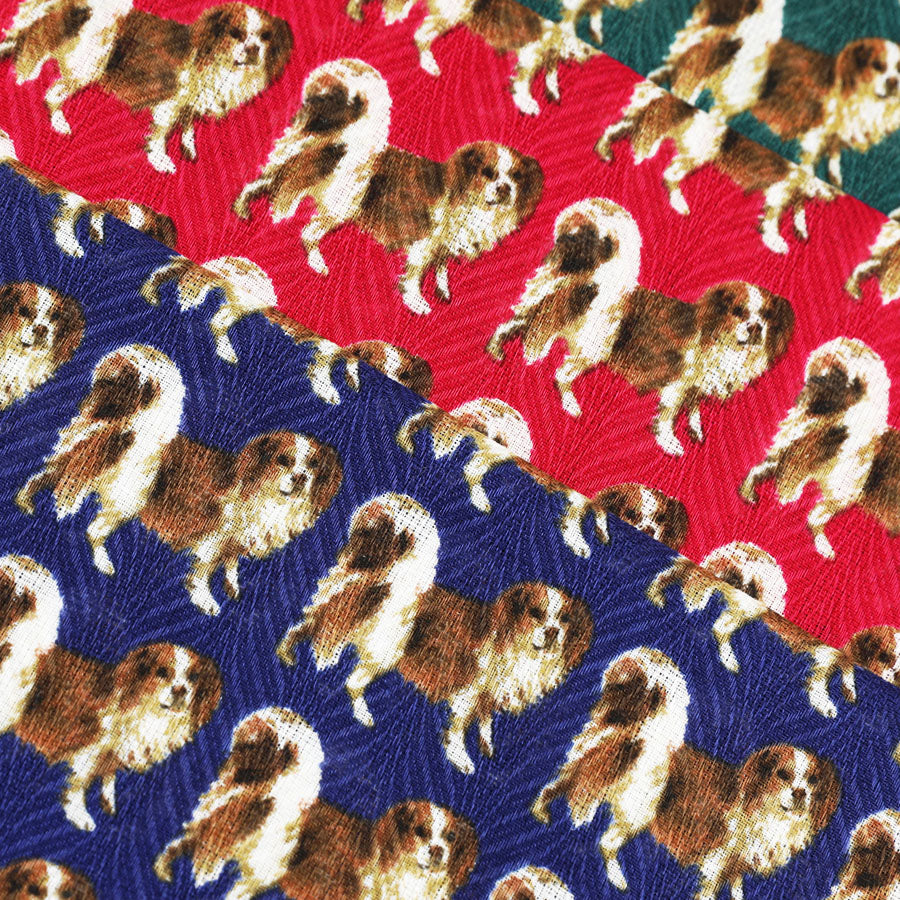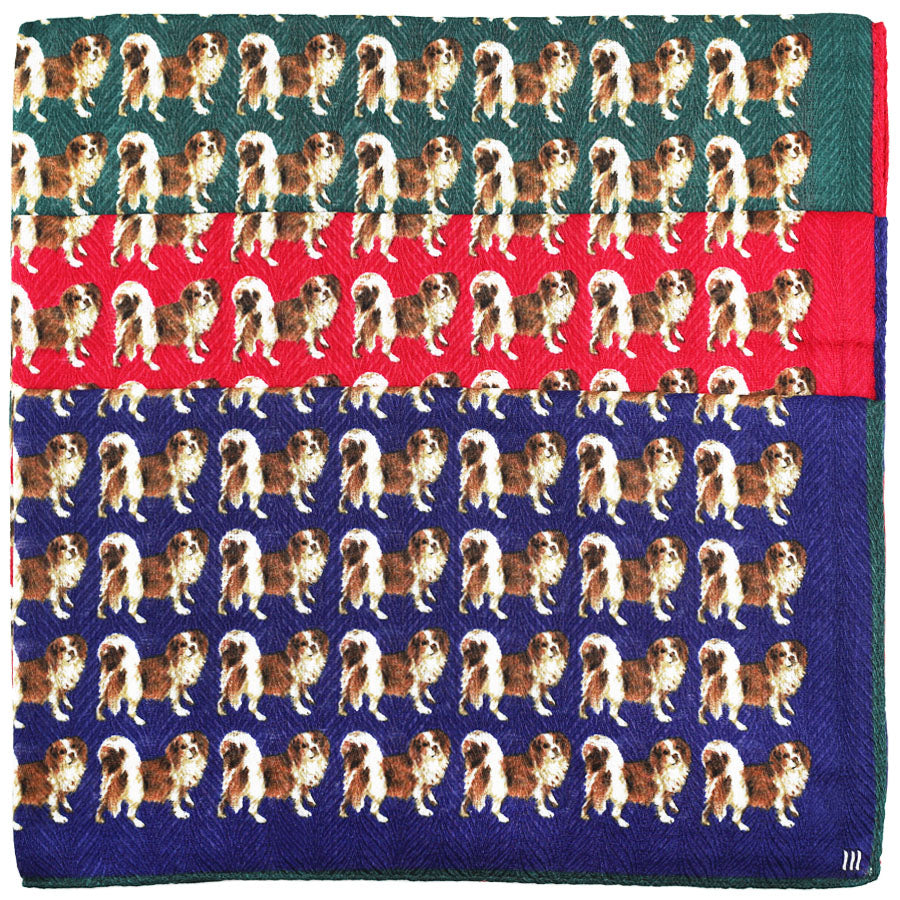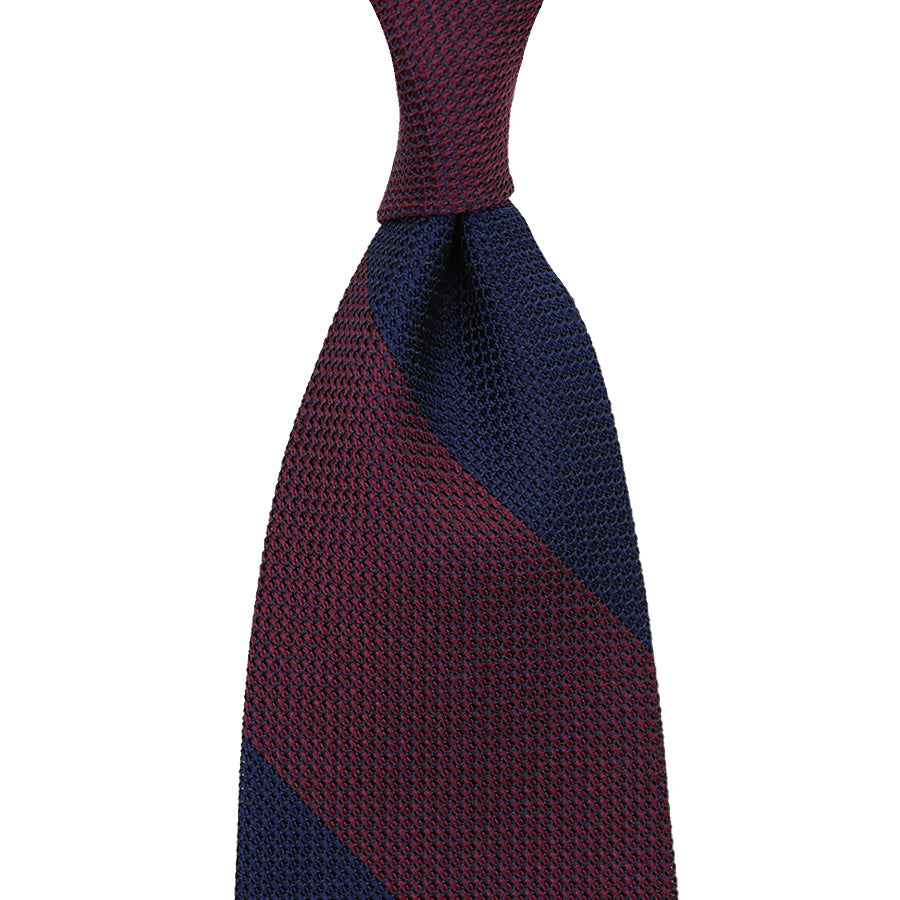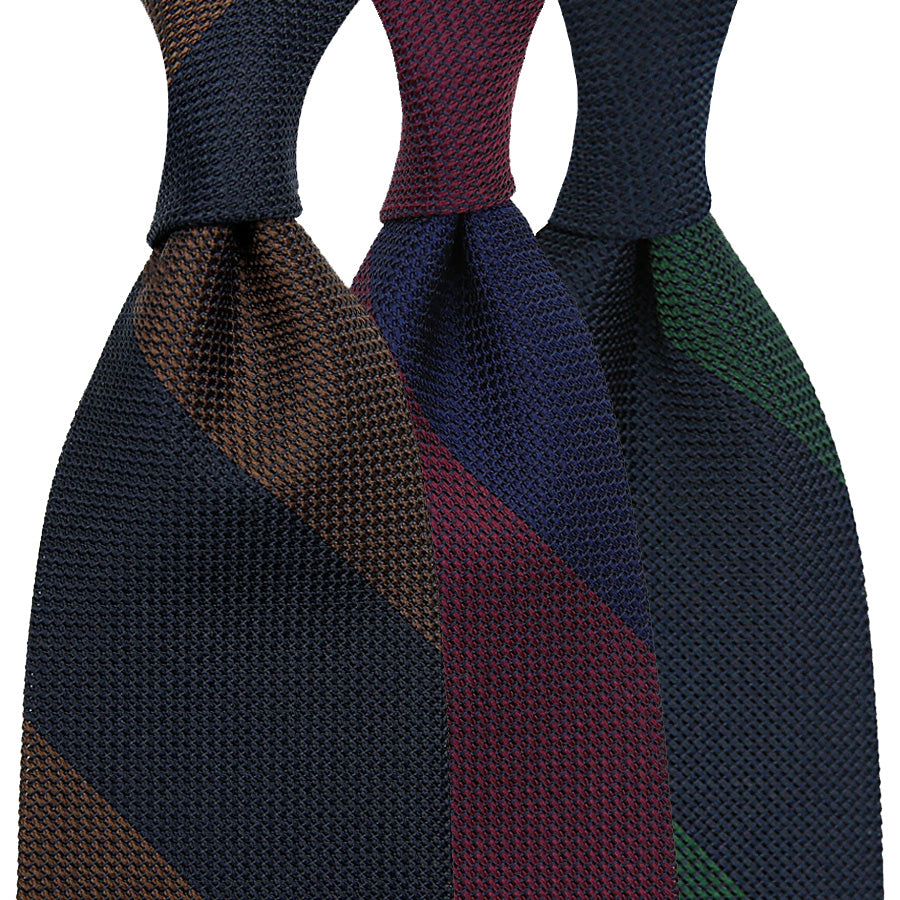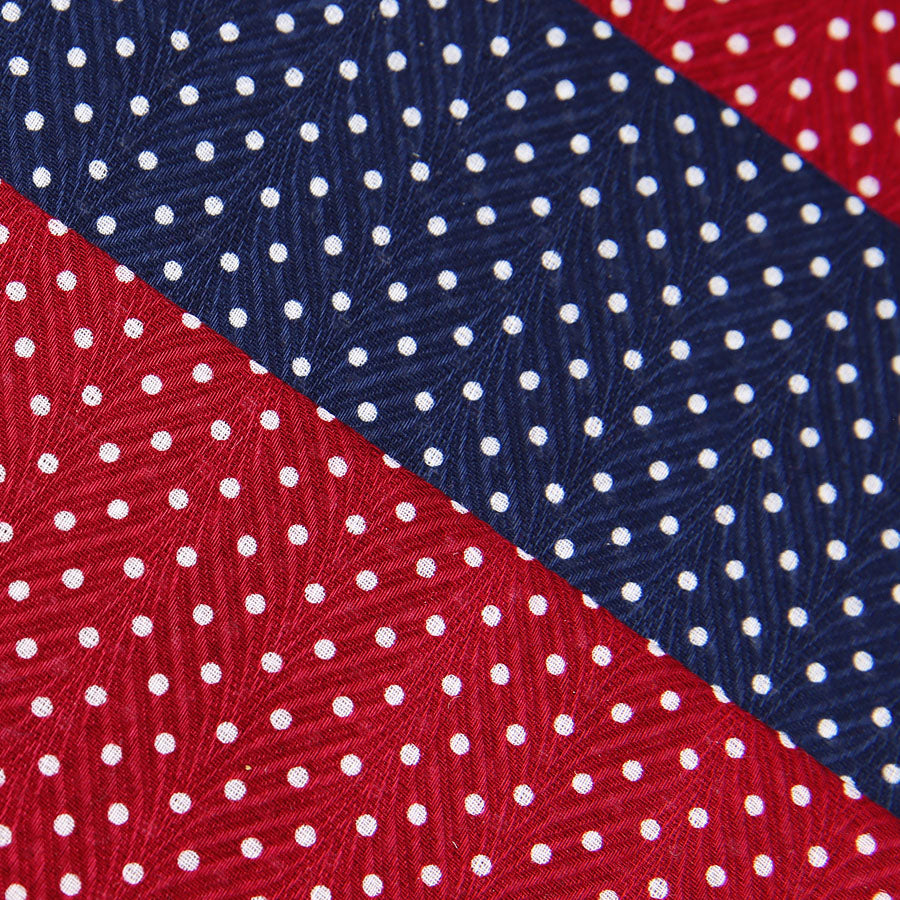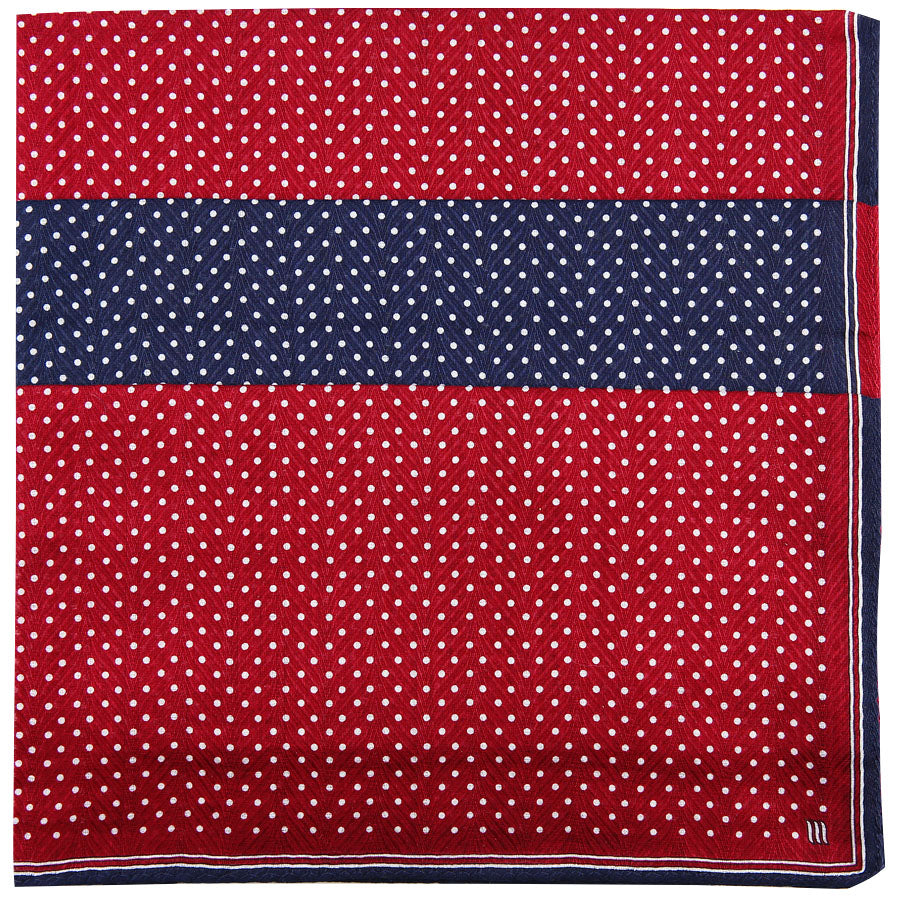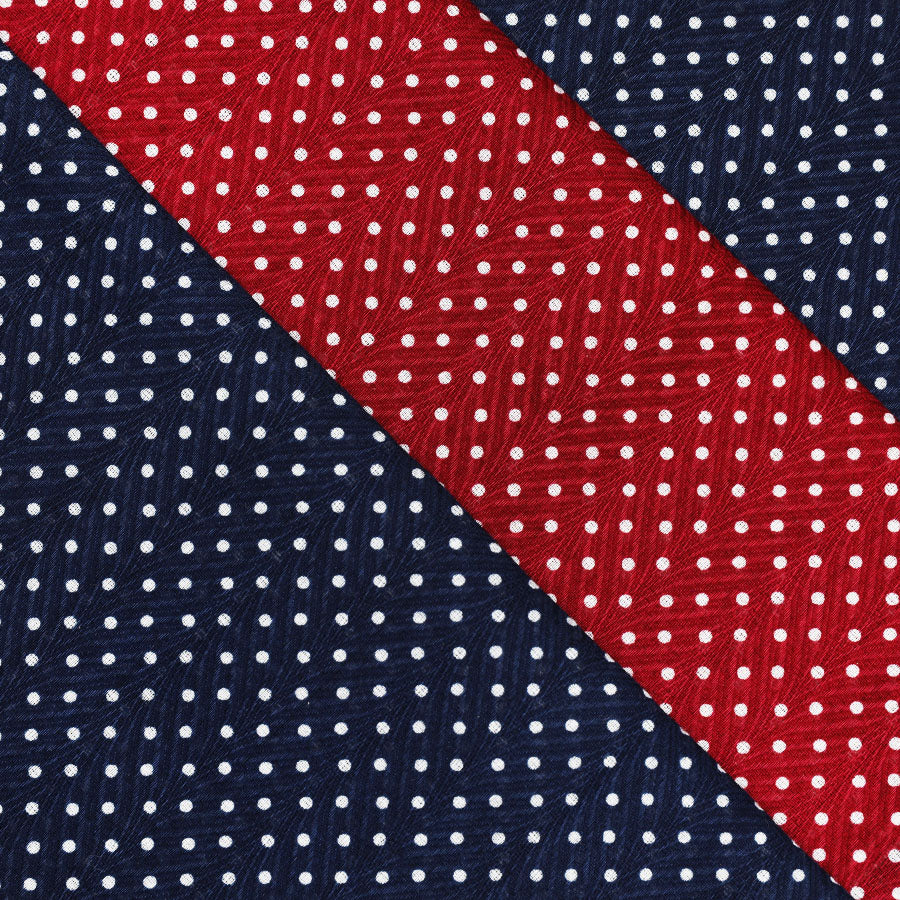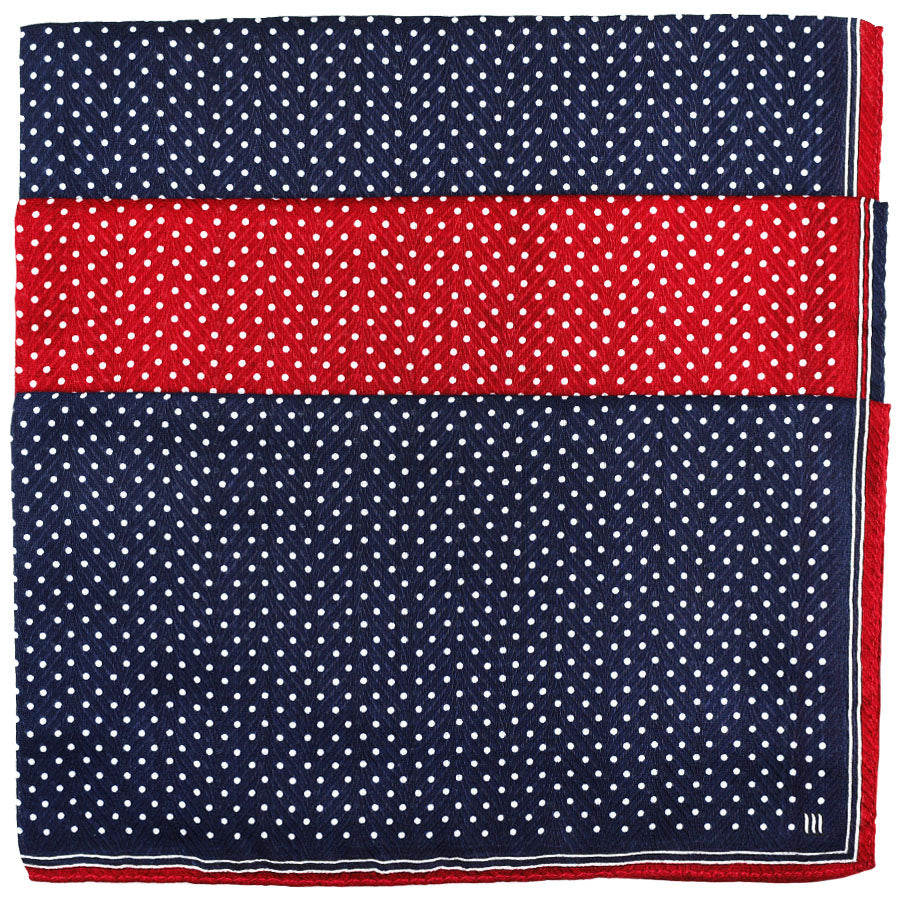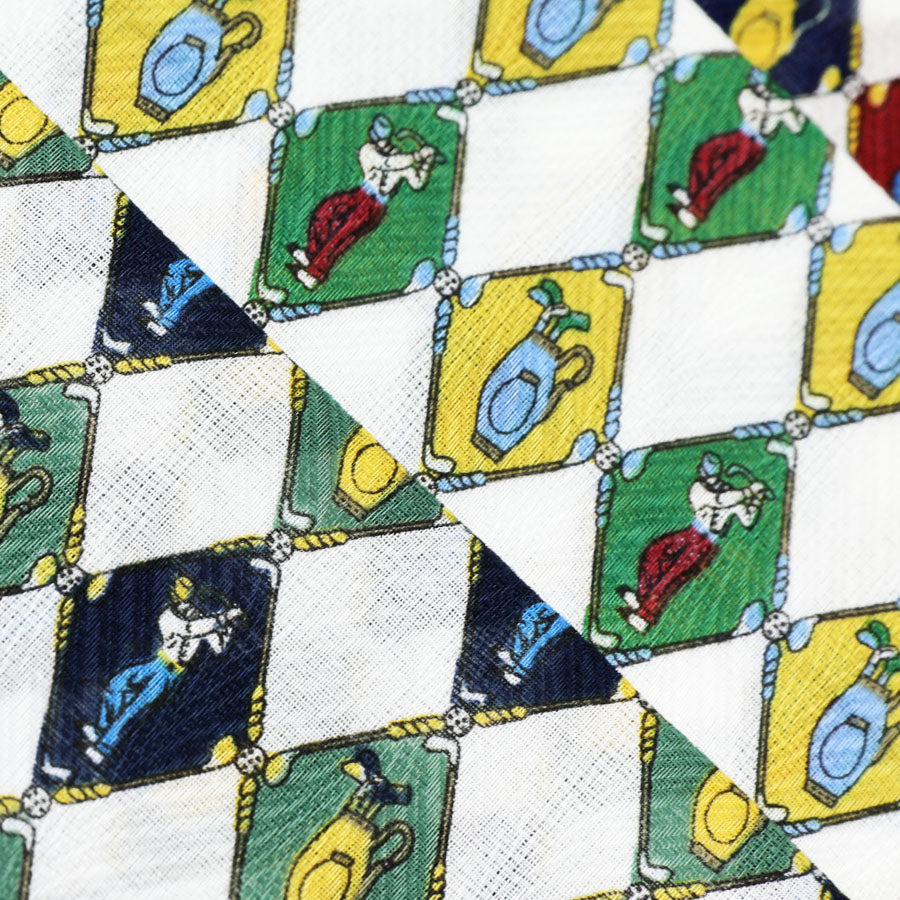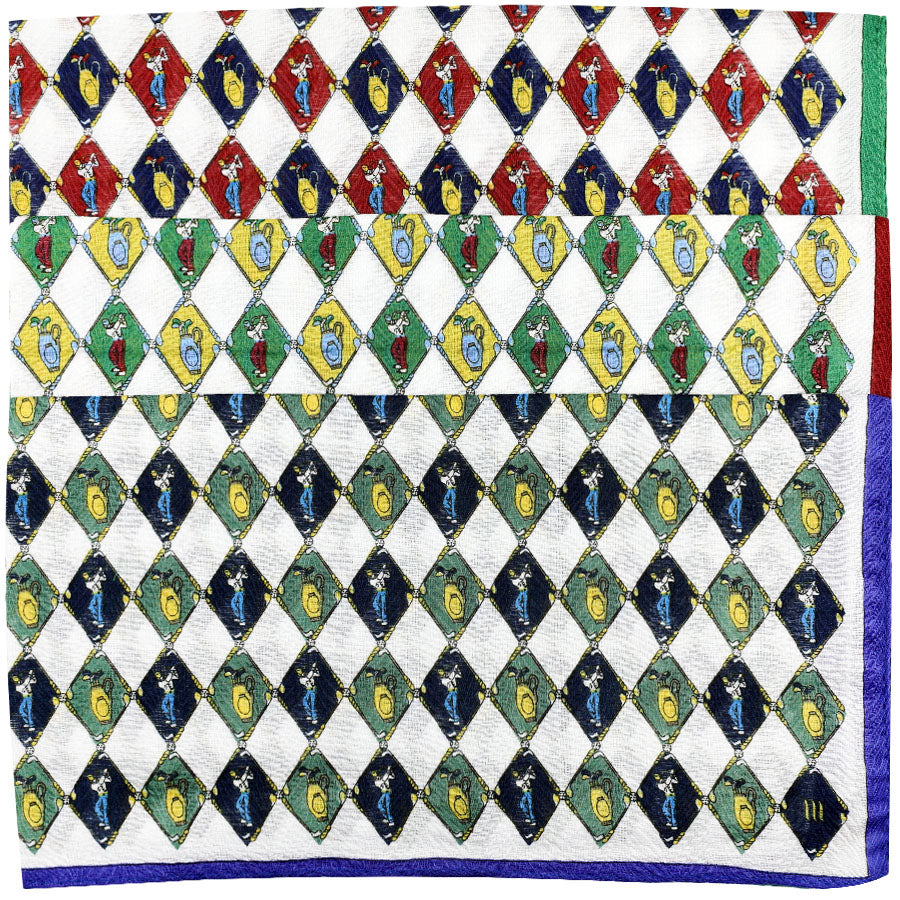Today, glencheck and POW (Prince of Wales) checks are popular designs for ties, shirts and suits; its origins reach back to the 19th century where it was first woven for the countess of Seafield to outfit her gamekeepers. The nomenclature is a little difficult: colloquially, often no difference is made between “glen check” and “POW check”, which can cause confusion. Strictly speaking, the basis is the glen check (a term first used in 1926) named after Glen (valley) Urquhart in Scotland where the countess of Seafield lived in Urquhart castle, overlooking famous Loch Ness.
Glencheck usually consists of a darker and lighter color, forming an intricate pattern of checks. If there is an overcheck in a third color (usually in a brighter, contrasting color like light blue or red) over this two-tone pattern, it is called POW check. Now the history of the POW check is also a little confusing: originally named after the Prince of Wales who would later become Edward II (in the 14th century), it was popularized by a very different Prince of Wales, namely the one who briefly became Edward VIII and then the Duke of Windsor in the early 20th century. After that, both glen and POW checks became popular all over the world as sporty suit fabrics (in more muted colors and smaller checks) or sports jacket fabrics (bigger and bolder checks and colors). Today it is popular with well-dressed men all over the world; in France it is known as Prince de Galle and in Austria as Esterhazy, for example.
No matter the exact origins, fact is that it is one of the best patterns for gorgeous wool ties. We at Shibumi have three seasonal designs in wool, perfect for more sporty winter combinations (including one in our advent calendar), and one classic wedding tie in navy and white silk.


